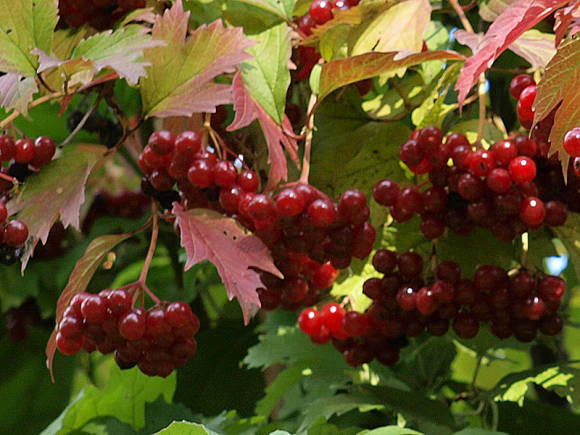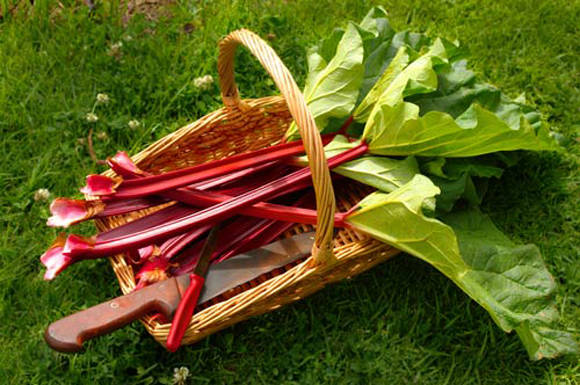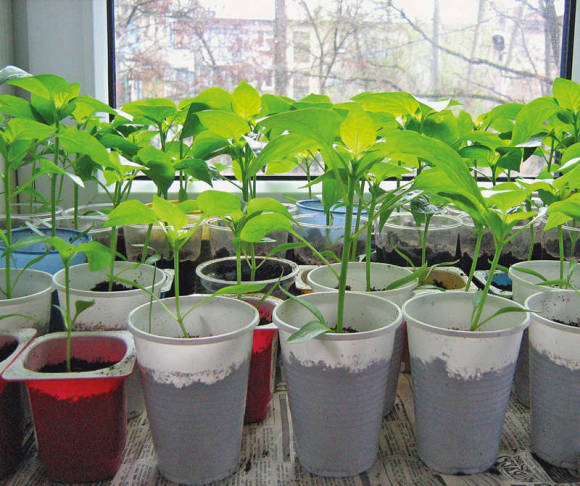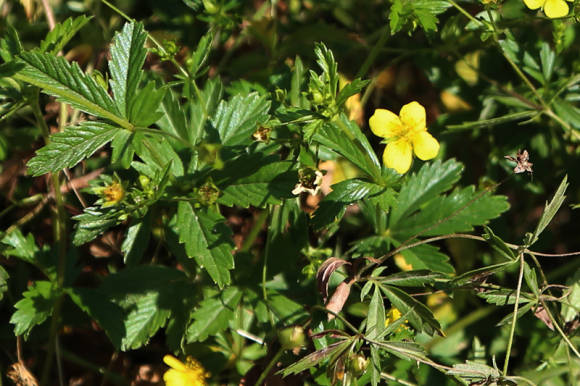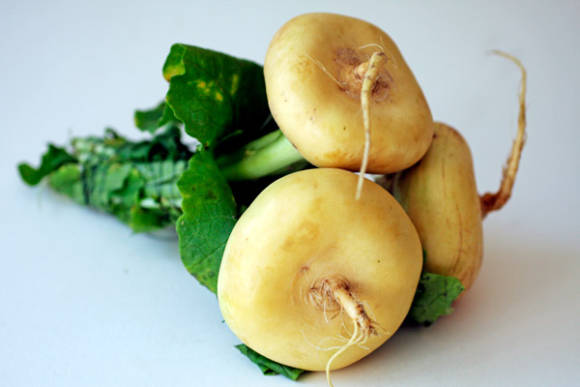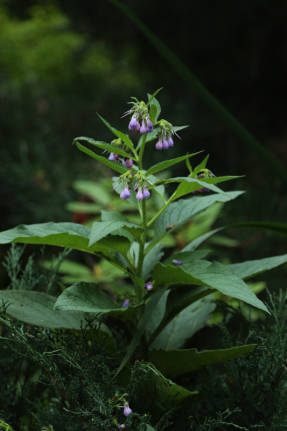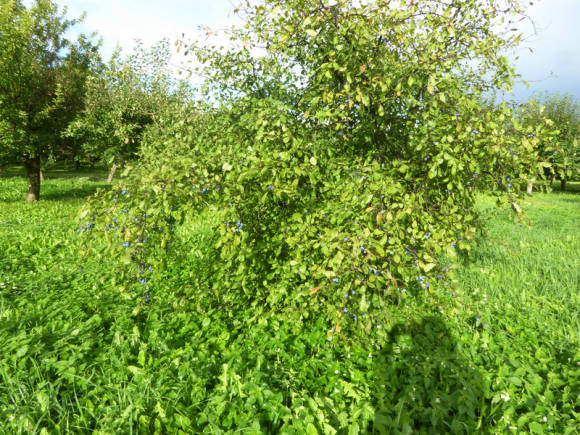 |
We all know our common red elderberry well from childhood. For some reason, they do not like it very much, they are often considered useless or even harmful plant, and in every possible way they survive from the site. But this is very unfair.
Some of its names remind us that pipes and pipes were made from it in antiquity, hence the squeaker, the squeaker. Other popular names are elderberry, buchkan, wild viburnum, wasteland, tarsum, shevoshnik, chevechnik.
Elderberry cluster, or racemose, or red, or common (Sambucusracemosa) - shrub from the Adox family (Adoxaceae) 2-4 m high, with light brown bark; the core of the branches is brownish. Leaves are opposite, pinnate, with 5-7 elliptical or oblong-elliptical, elongated-pointed leaves. The flowers are small, initially greenish, later yellowish-white, collected in a dense ovoid or ovoid-oblong inflorescence - a panicle. The fruit is a juicy red shiny berry about 6 mm in diameter.
 |  |
This shrub came to us from the West so long ago that we consider it absolutely ours. Although its original habitat is the mountains of Central and Southern Europe. Elderberry has appeared in culture since the end of the 16th century, it runs wild everywhere, and birds that eat the fruits contribute to its spread.
Currently, it is found in the forest zone of the European part of Russia and in Siberia. Grows in forests, especially pine, parks, ravines, settlements.
From moths, mice and rats
Since ancient times, the plant has been planted near barns or berry bushes. This phenomenon is understandable. First, it scares away the gooseberry moth, whose fatty and green caterpillars cause irreparable damage to the crop. If there is no place to plant an elderberry nearby, then it is enough just to insert its branches into berry bushes, and butterflies will not sit on these plants, they will not lay eggs and, accordingly, caterpillars will not appear.
Secondly, elderberry is an excellent food for birds in winter. And birds on the site are a guarantee of the absence of pests on garden plants.
Planted by the barn or near the house, it will prevent mice and rats from entering it. But that is not all! Falling elderberry leaves quickly rot and fertilize the soil. Under the bush, you can safely prepare soil for flower and indoor plants - nutritiously and almost without pests.
Finally, elderberry fruit can easily wash the dirtiest hands. If you rub them between your palms, then they “lather” well, and all the dirt disappears with the subsequent rinsing with water.
Dissected leaves and yellow berries
Sambucus racemosa was scientifically described in 1753 by C. Linnaeus, although, of course, it was known even before that. It is a highly polymorphic species that is divided into numerous subspecies and forms.
In most of Europe, up to the European part of Russia, it is distributed Sambucusracemosa L. subsp. racemosa... Grows in the Far East, Kuril Islands, Sakhalin, Korea, Japan Sambucusracemosa subsp. kamtschatica (E.L. Wolf (Hulten). Siberian subspecies is widespread in the Far East, Siberia, China and Mongolia Sambucusracemosa subsp. sibirica (Nakai) H. Hara. And in Japan, on Sakhalin and the Kuriles, it is found Sambucusracemosa subsp. sieboldiana(Miq.) H. Hara), which is now inclined to be considered as a separate species of the elder Siebold syn. elderberry Mikel, or Sakhalin (Sambucussieboldiana(Miq.) Blume ex Graeben), which is also quite polymorphic in appearance.
In the western part of North America - in Western Canada and in the northwestern United States, it is distributed Sambucusracemosa subsp. pubens(Michx) House var. arborescens(Torr. & A.Gray) A.Gray). But in the south of the United States, another, small-leaved form is already growing. Sambucusracemosa L. subsp. pubens(Michx) House var. microbotrys(Rydb.) Kearney & Peebles, now also acquiring the status of an independent species - Sambucusmicrobotrys.
Accordingly, the scope for the selection of interesting forms is huge. The first who appreciated the elderberry and started working with it were landscape designers. Common elderberry is used as an ornamental crop. Even the species common elder pleases the eye with lush yellowish-white inflorescences in May and bright clusters of red fruits among fresh green leaves from mid-summer. But it is so common and familiar that, as a rule, its varieties are planted in landscape compositions:
 |  |
- Plumosa Aurea (Plumosa Aurea) - one of the best, with golden yellow, deeply cut leaves and yellow flowers.
- Sutherland Gold (Sutherland Gold) - similar to him, differs in coarser cutting of leaves.
- Tenuifolia (Tenuifolia) is a low, slow-growing variety, with branches bent to the ground and delicate thinly dissected leaves.
- Laciniata (Laciniata) - a form similar to the wild, but more powerful and with strongly dissected leaves.
- Flavescens - surprise with yellow berries.
Cyanogenic glycosides
Almost all parts of the plant contain cyanoglycosides d-amygdalin, sambunigrin, but in smaller quantities than, for example, herb elderberry (Sambucus ebulus). Poisoning with these substances can happen when eating berries. But this practically does not happen, because the opinion that elderberry is a poisonous plant has firmly settled in our minds.
For specialists: When splitting amygdalin and sambunigrin give hydrocyanic acid (in 100 g of elderberry leaves - about 10 mg of acid). The reaction of enzymatic hydrolysis of sambunigrin is accelerated in an alkaline environment, therefore, the severity of clinical manifestations with cyanides increases after a while, as soon as the eaten berries reach the level of the duodenum. Also, hydrolysis is accelerated at elevated temperatures. The average latency period is from 0.5 to 2 hours. It should be noted that small doses of cyanides are inactivated by the rhodanese enzyme system, but it is "slowly included" in the cyanide neutralization reaction. The toxicity of hydrocyanic acid is due to its ability to form a complex with cytochrome oxidase and thereby block cellular respiration.
Everything is not so scary
Elderberry fruits contain anthocyanins, but they should not be eaten raw or even cooked, as this can cause severe diarrhea and vomiting.
The local population used root extracts as an emetic and laxative, but now there are a lot of more harmless medicines for this case. However, in modern laboratory studies, the activity of the root tincture against viruses that cause respiratory diseases has been found.
Subject to certain rules of admission, common elderberry is a medicinal plant. The main thing is not to exceed the recommended dose.
Elderberry with edema can be made medicinal wine... In order to prepare it, take 20 g of finely chopped fresh bark and pour 1 liter of dry white wine. It is necessary to insist 2 days. Drink 100 g per day in 2 divided doses, that is, 50 g at a time. You should not cook this product in large quantities for future use - even in the refrigerator, it only costs a couple of weeks.
 |
What else is interesting? Elderberries are readily eaten by some species of birds (for example, representatives of the order Passeriformes and some species of pigeons), as well as some wild animals, in particular, squirrels, foxes, rodents, and raccoons. Grizzly bears eat leaves and roots. In winter, ungulates, porcupines, mice can eat its branches from hunger. In the United States, studies have even been conducted in which period the elderberry is eaten more by each of the listed species.
Interestingly, this shrub is well used for erosion control, and in the United States it was found to be one of the few species growing on soils contaminated with nickel and copper near the respective mining and metallurgical plants.
In addition, elderberry red is an indicator of ozone pollution. The stronger the pollution, the more whitish the leaves become.

